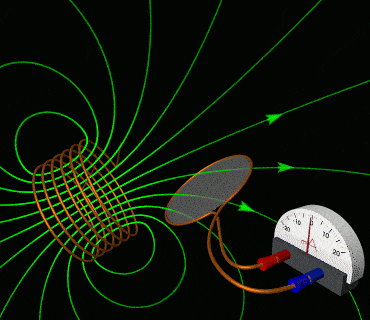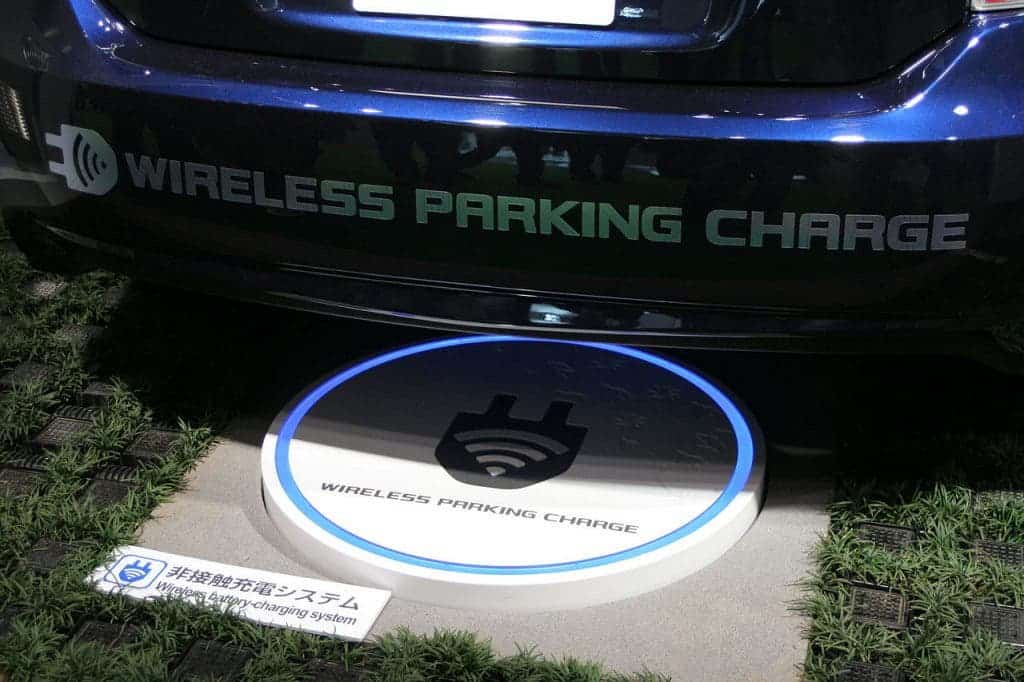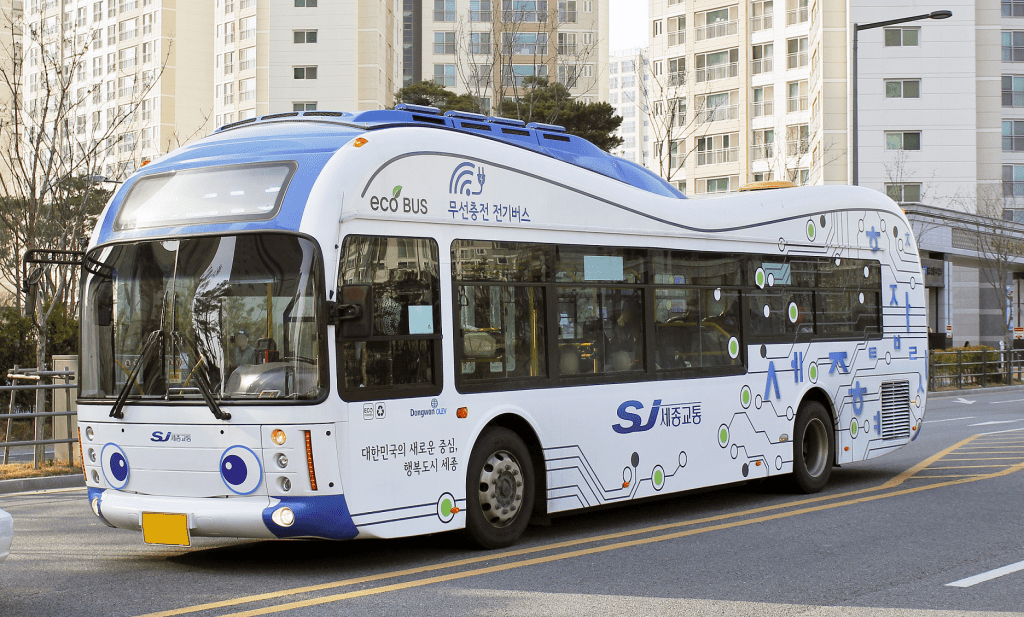
Wireless charging has already been around for some time. The odds are, if you have a flagship smartphone or a new electric car, you’re already familiar with it. But what is it, and how does it work?
To get to the bottom of it, we’ll have to greet an old friend: magnetism.
The wonders of induction
Wireless charging, as the name implies, means that you no longer need a cable to connect the device to a source of power. The charger creates a magnetic field that your device can absorb to gain energy, bypassing the need for a wire.
The bulk of the work is done by coils: there’s one special coil in the charger (which is typically a pad of some sort), and another one in your device.
When you place a device on a wireless charging pad, a small coil in the device receives and harvests energy from the magnetic field, and uses it to power the battery. It looks something like this:

It all works thanks to the wonders of physics. Alternating current is sent to the induction coil inside the charger. The moving electric charge creates a magnetic field. The magnitude of alternating current is always fluctuating up and down, which also makes the magnetic field fluctuate in strength.
This happens in the charger coil. Then, this alternating magnetic field gets picked up by the coil in your device, which creates a secondary alternating electric current.
Batteries can only work with direct current, so this alternating current must then be passed through a rectifier, where it is transformed into direct current — now, finally, it can be used to charge up the battery.


Wireless charging is sometimes also called inductive charging, because the energy is transferred through inductive coupling. Electromagnetic induction (and devices that use inductive coupling) are widely used in devices like electric motors and generators.
Modern wireless charging
The origins of induction go back to Michael Faraday’s experiments in 1831. James Clerk Maxwell mathematically described it as Faraday’s law of induction, and the resulting equations are one of essential tenets of electromagnetism.
Nikola Tesla famously managed to transmit electricity through the air using resonant-inductive coupling, but the technology was not efficient and wasted a lot of energy. Induction power transfer was first used in 1894 when M. Hutin and M. Le-Blanc proposed an apparatus and method to power an electric vehicle. They were pretty ahead of their time, and combustion engines proved more popular for the following hundred years — though that’s changing again nowadays.
The 1980s proved to be a pivotal point for wireless charging. Several research groups from California, France, and Germany created buses that could be charged wirelessly. Although the technology didn’t receive all that much attention at the time, it paved the way for what we have now.
In 2006, MIT began using resonant coupling, which ensures that large amounts of power can be sent over a few meters without radiation. This was a turning point for commercial devices. Just two years later, in 2008, the Wireless Power Consortium was established and in 2010, they established the Qi standard of charging — which today is the most common wireless charging protocol. Nowadays, it has become fairly common for small consumer electronic devices such as smartphones and electric toothbrushes, but also larger devices such as electric cars.

The advantages of wireless charging
Wireless charging is preferable to conventional charging for a number of reasons. It protects the connections around devices from water, oxygen, and mechanical damage, as the electronics are enclosed. There’s no more risk of loosening and damaging the socket on your device.
There’s also a big advantage of not cluttering the place with more cables and wires, which makes it a bit more convenient. There’s no more risk of the cable charger getting broken since, well, there’s no more charger cable.
For electric cars, it’s a really nifty thing because you can just park your car above a charging unit, without needing to plug it in. Inductive charging systems can also be operated automatically, without needing people to plug and unplug, which not only saves time but leads to improved reliability.

It seems like wireless charging offers a lot of advantages. However…
The disadvantages of wireless charging
The main disadvantages of wireless charging are time and money: wireless charging is slower (around 15% slower when supplied the same power), and chargers are also more expensive, as they require more complex components.
But there are other inconveniences as well. For starters, you can’t really move the device around while it’s being charged — it needs to stay there. There’s also the problem of standards: relatively few devices are compatible with inductive chargers, although this is starting to change.
Wireless charging is also less efficient. Some of the charging energy is transformed into heat, which can make devices hotter, and in time, can result in battery damage. Newer approaches are reducing some of these problems through the use of special, ultra-thin coils that work at higher frequencies. It’s quite possible that some of these downsides can be entirely overcome within a couple of years, making wireless chargers even more competitive and attractive for consumers.
Wireless charging is here to stay — and it’s already changing

For instance, researchers in Korea have already developed an electric transport system where there are cables underneath the surface of the road that can charge the car — and essentially make it so that you wouldn’t need to charge your car anymore, provided sufficient coverage. It’s like using the road as your charger.
Another important application is in the medical sector, which can now use implants and sensors without worrying about the problem of charging them. The future of wireless charging really seems promising. However, it’s still early days for now.
It’s not perfect and there’s still plenty of room for improvement, but it’s unlikely that wireless charging will go away anytime soon. It remains to be seen just how popular and widespread it becomes in the coming years, but the technology is promising and can be ramped up in more ways than you’d probably imagine.


